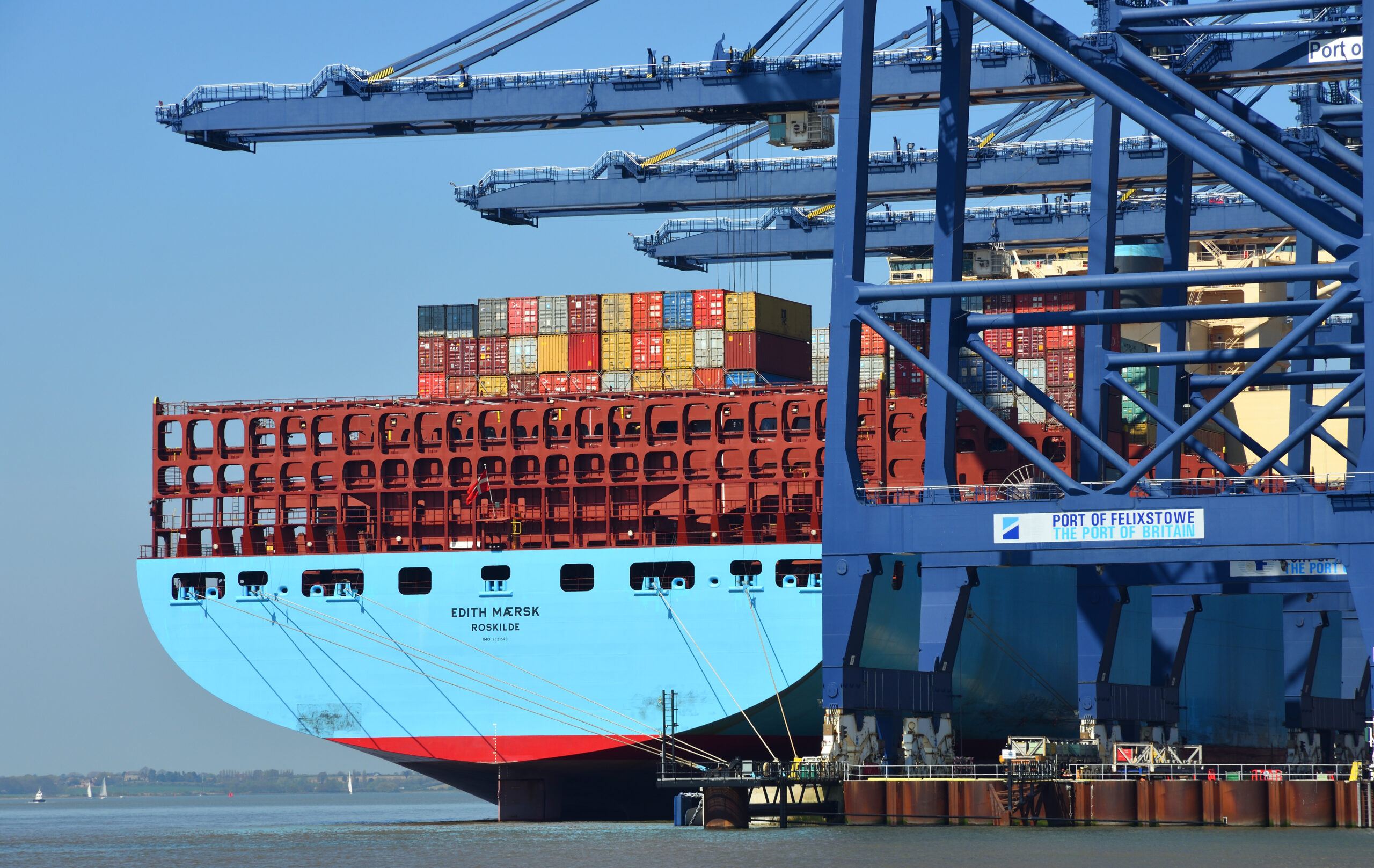A newly formed joint venture has begun construction of a dedicated carbon dioxide (CO2) pipeline network in the Port of Antwerp. The initiative is backed by the European Commission’s Connecting Europe for Facility for Energy (CEF-E), a programme designed to developed cross-border energy infrastructure projects. It supports Antwerp@C, one of the EU’s flagship industrial carbon capture and storage (CCS) clusters.
The joint venture, Fluxys c-grid Antwerp, brings together energy infrastructure company Fluxys Belgium, industrial gas giant Air Liquide, and Pipelink, a subsidiary of the Port of Antwerp-Bruges. The initiative aims to establish essential carbon transport infrastructure for the Antwerp port area, which is home to one of Europe’s largest concentrations of energy-intensive industries.
The first phase of the pipeline backbone development is currently underway and is scheduled for completion by the end of 2026. This phase will facilitate the transportation of captured CO2 from heavy industrial emitters in the port area to storage or export hubs. The project is backed by the European Commission’s Connecting Europe Facility for Energy (CEF-E) and the Flanders agency for innovation and entrepreneurship, VLAIO.
The companies announced in a joint statement that, with this pipeline network, ‘Fluxys c-grid Antwerp will provide an essential part of the value chain through which the captured CO2 from Antwerp’s industry and beyond can be transported.’ Once operational, the network will direct CO2 to the Antwerp@C CO2 Export Hub, a collaborative platform that includes BASF, Borealis, ExxonMobil, INEOS, TotalEnergies, Air Liquide, Fluxys, and the Port of Antwerp-Bruges. The hub’s long-term goal is to reduce port emissions by 50% by 2030.
The initial cross-border transport solution will involve shipping liquefied CO2 to depleted gas fields in the North Sea. In the second phase, a pipeline connection to the Netherlands will also be evaluated. The network is designed with scalability in mind and future phases of expansion will increase capacity in line with industrial demand, which could involve connections with the broader Flemish CO2 backbone and neighbouring national infrastructures.
Fluxys Belgium holds the majority stake in the new joint venture, with Pipelink and Air Liquide as minority partners. The consortium is expected to apply for designation as the Local CO2 Network Operator for the Antwerp port area by the end of May 2025.
This development reflects the investments and public-private partnerships that are driving the construction of the CO2 transport infrastructure that is crucial for decarbonising hard-to-abate sectors such as steel, petrochemicals, and cement. By enabling these industries to offload captured emissions to permanent storage, the pipeline supports the region’s overarching climate objectives while reinforcing Antwerp’s position as a major hub in European CCS projects.



